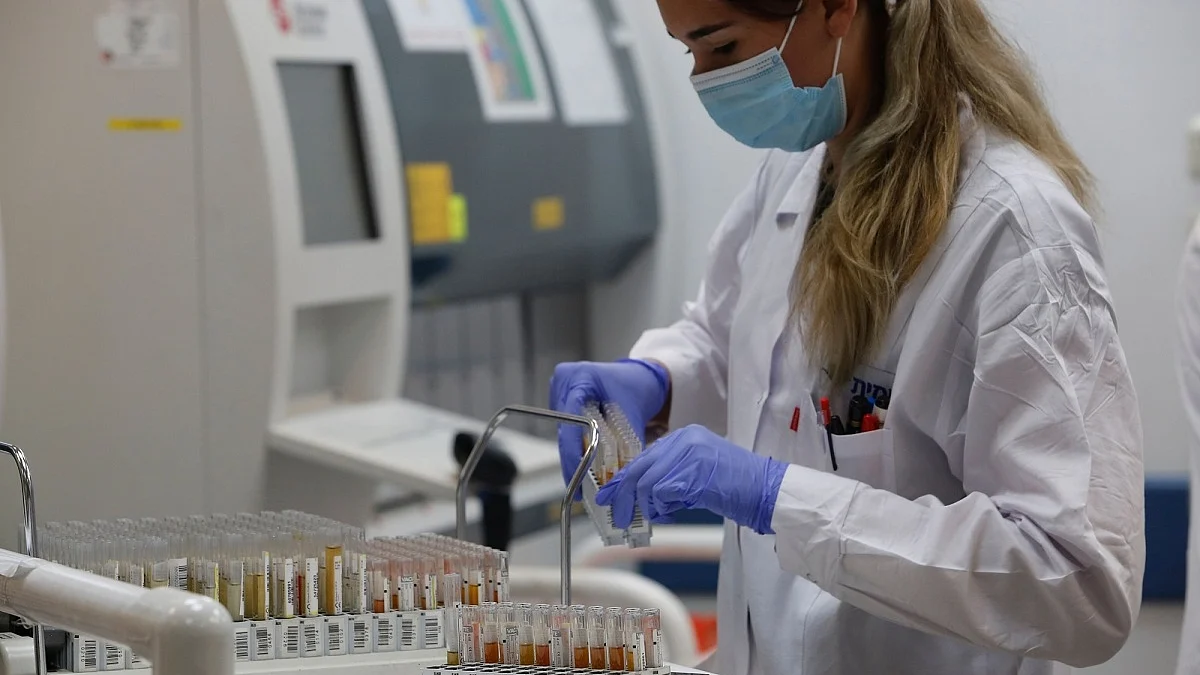Researchers develop cheaper, faster, accurate COVID-19 test
Researchers have developed a method for fast, cheap, yet accurate testing for COVID-19. The method simplifies and frees the testing from expensive reaction steps, enabling upscaling of the diagnostics

Researchers have developed a method for fast, cheap, yet accurate testing for COVID-19 infection. The method simplifies and frees the testing from expensive reaction steps, enabling upscaling of the diagnostics.
This makes the method particularly attractive for places and situations with limited resources. It is equally interesting for repeated testing and for moving resources from expensive diagnostics to other parts of the care chain, the study published in the journal Nature Communications, reported.
"We started working on the issue of developing a readily available testing method as soon as we saw the developments in Asia and southern Europe," said study author Bjorn Reinius from Karolinska Institutet in Sweden.
"Our method was effectively finished already by the end of April, and we then made all the data freely available online," Reinius added. The relatively high transmission rate and a large number of asymptomatic infections led to a huge, worldwide need for fast, affordable and effective diagnostic tests that could be performed in clinical as well as non-clinical settings.
Established diagnostic tests for COVID-19 are based on the detection of viral RNA in patient samples, such as nasal and throat swabs, from which RNA molecules must then be extracted and purified. RNA purification constitutes a major bottleneck for the testing process, requiring a great deal of equipment and logistics as well as expensive chemical compounds.
Making the current methods simpler without markedly compromising their accuracy means that more and faster testing can be carried out, which would help to reduce the rate of transmission and facilitate earlier-stage care. The team has now developed methods that completely circumvent the RNA-extraction procedure, so that once the patient sample has been inactivated by means of heating, rendering the virus particles no longer infectious, it can pass straight to the diagnostic reaction that detects the presence of the virus.
According to the researchers, the most important keys to the method's success are both the above virus inactivation procedure and a new formulation of the solution used to collect and transport the sample material taken from the patients. "By replacing the collection buffer with simple and inexpensive buffer formulations, we can enable viral detection with high sensitivity directly from the original clinical sample, without any intermediate steps," the authors wrote.
Follow us on: Facebook, Twitter, Google News, Instagram
Join our official telegram channel (@nationalherald) and stay updated with the latest headlines